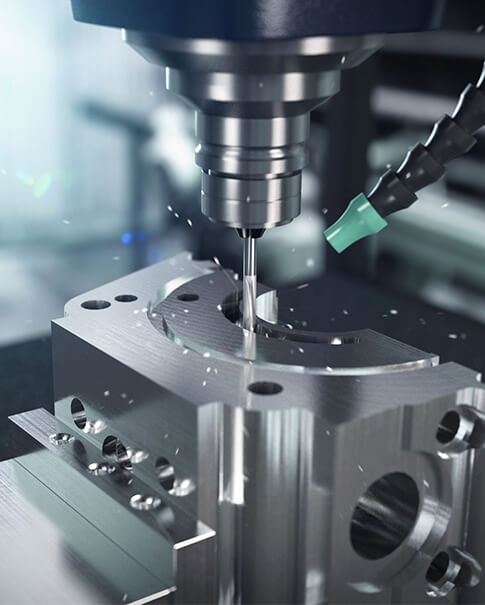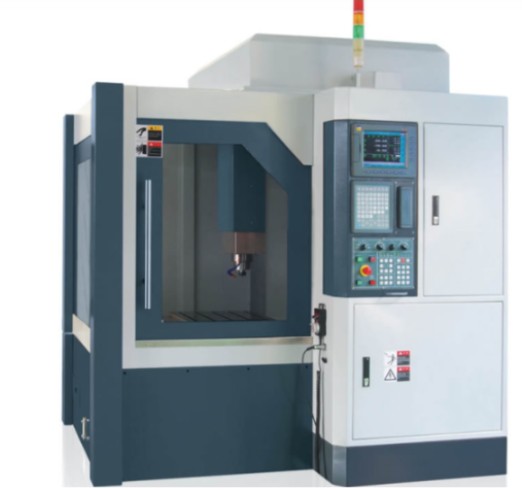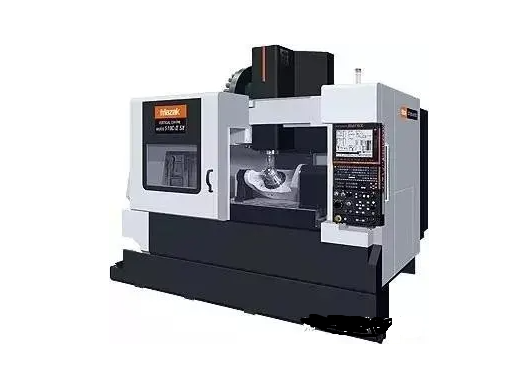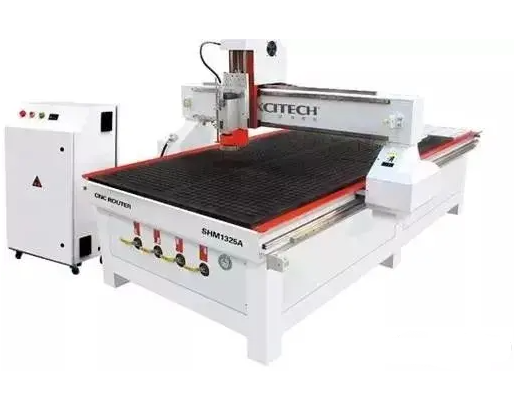
CNC machining centers, milling machines, and engraving machines—what are the differences among these three? Many newcomers to this field often find it difficult to distinguish between them and struggle to understand which type of equipment they should purchase to meet their specific needs. Today, let me clarify the differences between these three for you.
|
Milling Machines As the name suggests, milling machines are capable of both carving and milling. They are an enhanced version of engraving machines, featuring higher spindle power, servo motor power, and bed rigidity while maintaining high spindle speeds. Milling machines are also advancing towards high-speed development and are commonly referred to as high-speed machines. They possess strong cutting capabilities and offer high precision. They can directly process materials with a hardness of HRC60 and above, achieving one-time completion. They are widely used in precision mold and die manufacturing for rough and fine processing, copper electrode manufacturing, batch processing of aluminum products, shoe mold manufacturing, fixture processing, and the watch and eyewear industries. Due to their high cost-effectiveness, fast processing speeds, and excellent surface finish of the processed products, milling machines have become increasingly important in the machine tool industry. |
 |
|
CNC Machining Centers In some regions like Hong Kong, Taiwan, and Guangdong, they are also known as DIANNAOLUO. The distinguishing feature of machining centers is that, after the workpiece is clamped once, the CNC system can control the machine tool to automatically select and change tools for different processes. It can automatically adjust the spindle speed, feed rate, tool path relative to the workpiece, and other auxiliary functions, enabling continuous drilling, reaming, tapping, boring, threading, milling, and other multi-step machining processes on various surfaces of the workpiece. By centralizing and automating multiple processes, machining centers eliminate human errors in operations, reduce the time required for workpiece clamping, measurement, machine tool adjustment, workpiece handling, transportation, and storage. This significantly improves machining efficiency and accuracy, leading to excellent economic benefits. Machining centers can be classified into vertical machining centers and horizontal machining centers based on the spatial position of the spindle.
|
 |
|
Engraving Machines Engraving machines have relatively lower torque and higher spindle speeds, making them suitable for processing with small tools. They focus on the "engraving" function and are not well-suited for heavy cutting of large workpieces. Currently, most products marketed as engraving machines are primarily used for crafts and have lower precision. They are not suitable for mold development. When comparing the technical specifications of engraving machines, the maximum spindle speed is typically lower than that of milling machines. Common engraving machines have similar specifications to milling machines, with spindle speeds reaching up to 80,000 RPM. However, specialized engraving machines used for high-gloss treatment can reach speeds of 80,000 RPM or higher by using air-bearing spindles rather than standard electric spindles. |
 |
Other Factors and Applications
Regarding power, machining centers have the highest power output, ranging from a few kilowatts to tens of kilowatts. Milling machines have slightly lower power, generally within ten kilowatts. Engraving machines have the lowest power output. When it comes to cutting capacity, machining centers excel in heavy cutting and roughing, while milling machines are more suitable for precision machining. Engraving machines have the smallest cutting capacity.
In terms of speed, milling machines and engraving machines are relatively lightweight, allowing for faster movement and feed rates compared to machining centers. Particularly, high-speed machines equipped with linear motors can reach speeds of up to 120 meters per minute.
In terms of precision, the three types are similar.
Regarding the size of workpieces:
The size of the worktable can provide a good indication. In China, the smallest worktable area for machining centers is around 830mm x 500mm (850 models). For milling machines, the largest worktable area is around 700mm x 620mm (750 models), while the smallest is around 450mm x 450mm (400 models). Engraving machines generally do not exceed 450mm x 450mm, and the common size is 45mm x 270mm (250 models).
In terms of application:
Machining centers are used for processing workpieces that require large milling capacities, such as large molds and hard materials. They are also suitable for roughing ordinary molds. Milling machines are used for precision machining of smaller milling capacities and small molds. They are suitable for processing copper, graphite, and other materials. Lower-end engraving machines are primarily used for processing low-hardness materials such as wood, double-color boards, and acrylic sheets, while higher-end engraving machines are suitable for polishing and grinding processes on chips, metal casings, and other materials.
It should be noted that the term "engraving milling machine" (CNC engraving milling machine) is not commonly used in foreign countries. Strictly speaking, engraving is a part of milling. Therefore, foreign countries only recognize the concept of machining centers, and the term "mini machining centers" is used to replace engraving machines. Whether to purchase an engraving machine or a CNC milling machining center is a common question that one must consider based on their specific production needs. Additionally, there is a prevalent type of high-speed cutting machine tool (HSC machine), also known as a high-speed machine, in the domestic market.
Summary of the three machine types:
CNC mills and machining centers are used for processing workpieces that require larger milling capacities.
CNC engraving and milling machines are used for smaller milling capacities or the processing of soft metals.
High-speed cutting machine tools are used for medium milling capacities while minimizing the need for post-machining polishing and grinding.